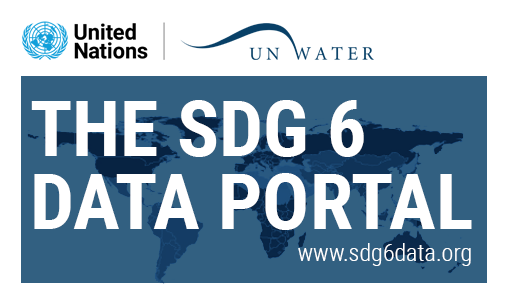Water, Food and Energy
Water, food and energy form a nexus at the heart of sustainable development. Agriculture is the largest consumer of the world’s freshwater resources, and water is used to produce most forms of energy.
Demand for all three is increasing rapidly. To withstand current and future pressures, governments must ensure integrated and sustainable management of water, food and energy to balance the needs of people, nature and the economy.

The issue explained
Demand for water, food and energy is increasing. Pressure on the nexus is being driven by a rising global population, rapid urbanization, changing diets and economic growth. There is a significant global move away from a mainly starch-based diet to an increasing demand for more water-intensive meat and dairy as incomes grow in many countries.
Food production and energy are highly water intensive. Agriculture is the largest consumer of the world’s freshwater resources, and more than one-quarter of the energy used globally is expended on food production and supply. The vast majority of energy generation is water intensive, such as its use in coal-fired power plants and in nuclear reactors, and in bio-fuel crop production.
Pressure on the water-food-energy nexus threatens the Sustainable Development Goals (SDGs). As water becomes more scarce and stretched, its ability to support progress in several of the SDGs, particularly on poverty, hunger, sustainability and the environment, is being reduced.

The way forward
Governments must increase renewable energy sources. There needs to be much more support for the development of less water-intensive renewable energy, such as hydropower and wind. Geothermal energy has great potential as a long-term, climate independent resource that produces little or no greenhouse gases and does not consume water.
Sustainable agriculture is critical. The integrated systems of land, soil and water are being stretched to breaking point. Efficiency measures along the entire agrifood chain can help save water and energy, such as precision irrigation based on information supplied by water providers, and protection of ecosystems alongside agriculture and energy production can ensure environmental integrity.
Ecosystems must be valued for their vital services. Governments must harness the power of nature instead of allowing its destruction and degradation in the pursuit of food and energy. ‘Green infrastructure’, such as land dams to capture runoff in arable fields or planting forests to protect soil and assist groundwater recharge, are some examples of creating a more sustainable water-food-energy nexus and a ‘greener’ economy.
Integrated management of water-food-energy must be a top priority. Because of this nexus’ crucial role in many SDGs, decision-makers in all three domains must cooperate on water resource management, ecosystem protection and water supply and sanitation.
Facts and Figures
- Today, it takes 2,000-5,000 litres of water to produce a person’s daily food. A 50% increase in food demand is expected by 2050. (FAO, 2020)
- From 2015 to 2021 water-use efficiency has increased by 20% globally, however, 58% of reporting countries still exhibit low water-use efficiency, mainly representing economies that depend largely on agriculture. (UN-Water, 2024)
- 72% of all freshwater withdrawals are used by agriculture, 16% by industries, and 12% by municipalities. (UN-Water, 2023)
- Rising water stress is affecting food security and biodiversity. There are rapid changes in surface water in one fifth of river basins. (UN-Water, 2021)
- In 2023, over 864 million people experienced severe food insecurity, periodically going without food for an entire day or more. Between 713 and 757 million people were undernourished. (FAO/IFAD/UNICEF/WFP/WHO, 2024)
- A 2024 study of Ethiopia and the Philippines found that in addition to a healthy diet, child stunting can be further reduced by scaling up public health interventions in areas such as water, sanitation and hygiene practices. (FAO, 2024)
- Water-harvesting and water conservation techniques could boost rainfed kilocalorie production by up to 24% and, if combined with irrigation expansion, by more than 40%. (FAO, 2020)
- In sub-Saharan Africa, irrigated areas are expected to more than double by 2050, benefiting millions of small-scale farmers. However, it has been estimated that 41% of current global irrigation water use occurs at the expense of environmental flow requirements. (FAO, 2020)
- 90% of global power generation is water-intensive. (UN, 2014)
- Power plant cooling is responsible for 43% of total freshwater withdrawals in Europe (more than 50% in several countries), nearly 50% in the USA, and more than 10% of the national water cap in China. (UN, 2014)
- Global water demand is projected to increase by 20 to 30% by 2050. (UN, 2018)
- Global water demand (in water withdrawals) is projected to increase by 55% by 2050, mainly because of growing demands from manufacturing (400% increase). (OECD, 2012)
- By 2035, water withdrawals for energy production could increase by 20% and consumption by 85%, driven via a shift towards higher efficiency power plants with more advanced cooling systems (that reduce water withdrawals but increase consumption) and increased production of biofuel. (IEA, 2012)

